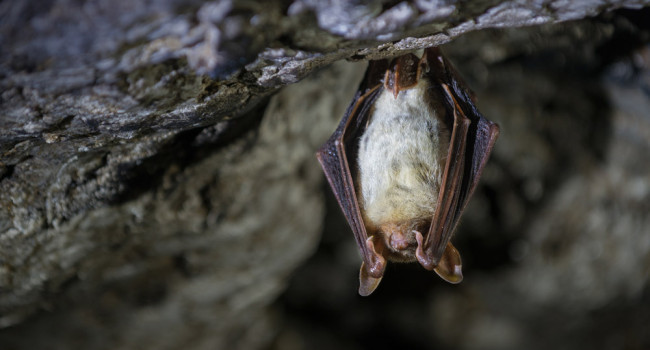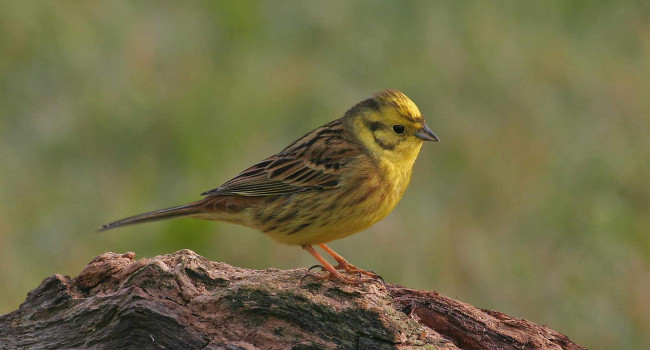A crowded ocean: the need for demographic and movement data in seabird conservation

Author(s): O’Hanlon, N.J., Johnston, D.T., Cook, A.S.C.P., Robinson, R.A. & Humphreys, E.M.
Published: September 2023
Journal: Ocean and Coastal Management Volume: 244
Article No.: 106833
Digital Identifier No. (DOI): 10.1016/j.ocecoaman.2023.106833
Recent news of highly pathogenic avian influenza hitting seabird colonies and severe marine heatwaves disrupting marine food webs highlight just two of the many threats that seabirds must contend with. This BTO study examines the information needed to come up wtih effective conservation measures for seabird species.
To implement effective conservation actions, locally and globally, we need to quantify the importance of the multiple, often interacting, threats to seabird population growth rates. Population models are commonly used to identify links between threats, demographic rates (such as breeding success and survival) and population changes. However, these models require data that we often lack for many seabird species. This situation is further complicated by the fact we do not know where many individuals are found outside the breeding season, and therefore which threats they encounter. This is especially true for seabirds that undertake large-scale movements.
Focusing on the relatively well-studied Kittiwake, BTO scientists developed an approach to identify key data collection and research priorities. This is needed to improve our ability to run robust population models and inform conservation decisions. Although the study’s recommendations focus on the Atlantic population of Kittiwakes, they are also relevant to seabirds more broadly.
For Kittiwakes and many other seabirds, a key priority is collecting data on juvenile and immature survival rates. Once Kittiwake chicks fledge, they typically don’t return to breed until they are four years old, and they may not return to the same colony they fledged from. Therefore, at present the only feasible way of obtaining juvenile and immature survival estimates is through large-scale colour-ringing and resighting projects. Although better information is available on adult survival, the data are from a restricted number of colonies across the species’ range. In the UK, increases in the number of sites running the Retrapping Adults for Survival (RAS) scheme means we can calculate regional survival estimates that better reflect the threats that colony encounters.
Developments in tracking technology will help determine where and when in the year individuals encounter specific threats. We need tags and attachment methods to provide high-resolution, year-round tracking data in a way that does not negatively impact the individuals carrying them. Increased data collection on seabird diet and phenology will help identify the links between threats, demographic rates and the changes we are seeing in seabird populations. National, centralised databases, such as the Seabird Monitoring Programme (SMP), which collate data on seabird demography, diet and phenology can be collated in a standardised manner, are also crucial.
This study highlights that we can more accurately quantify the impact of multiple stressors on populations by obtaining improved data on seabird demographic rates (specifically juvenile, immature and adult survival) and movements outside the breeding season. This can inform conservation actions and help mitigate the existing and emerging anthropogenic stressors acting on seabird populations.
Abstract
Species face a multitude of stressors due to human activities, especially in marine environments. Seabirds are among the most threatened group of birds globally. A key challenge in their conservation is quantifying the impact of multiple interacting stressors on populations effectively, especially for species that undertake large-scale movements.
We use the relatively well-studied Black-legged Kittiwake Rissa tridactyla as a case study to highlight knowledge gaps in demographic rates and how key stressors act on populations across different parts of their biogeographic range. From this starting point we provide a strategic approach to identify and prioritise data collection and research efforts from species and regions where data are currently lacking.
Obtaining accurate and precise empirical data on demographic rates and movement will increase the predictive accuracy, and realism, of population models, and confidence in how populations will respond to multiple stressors over the life and annual cycle, facilitating better management decisions.










Share this page